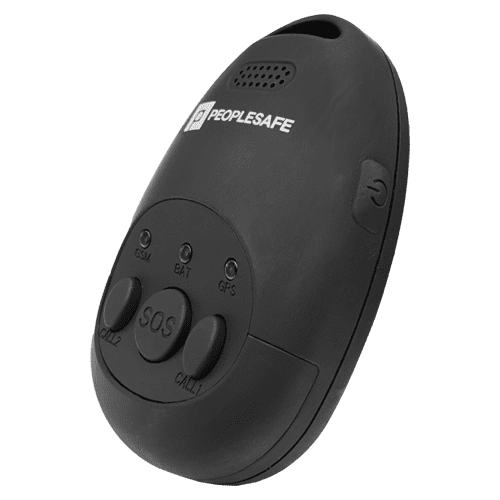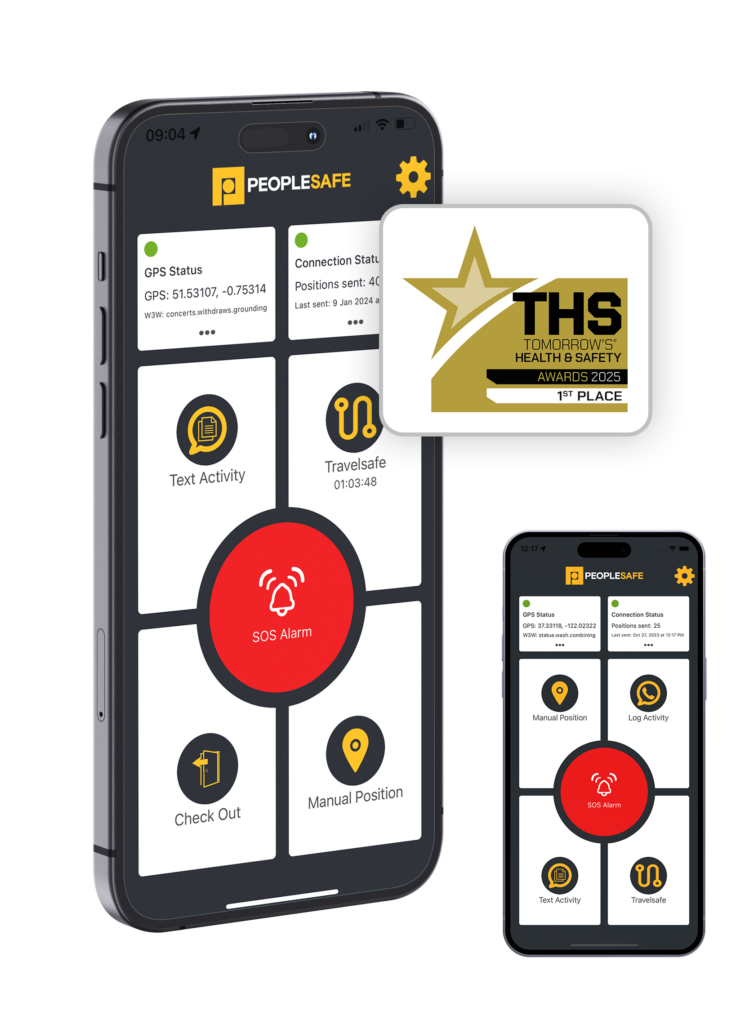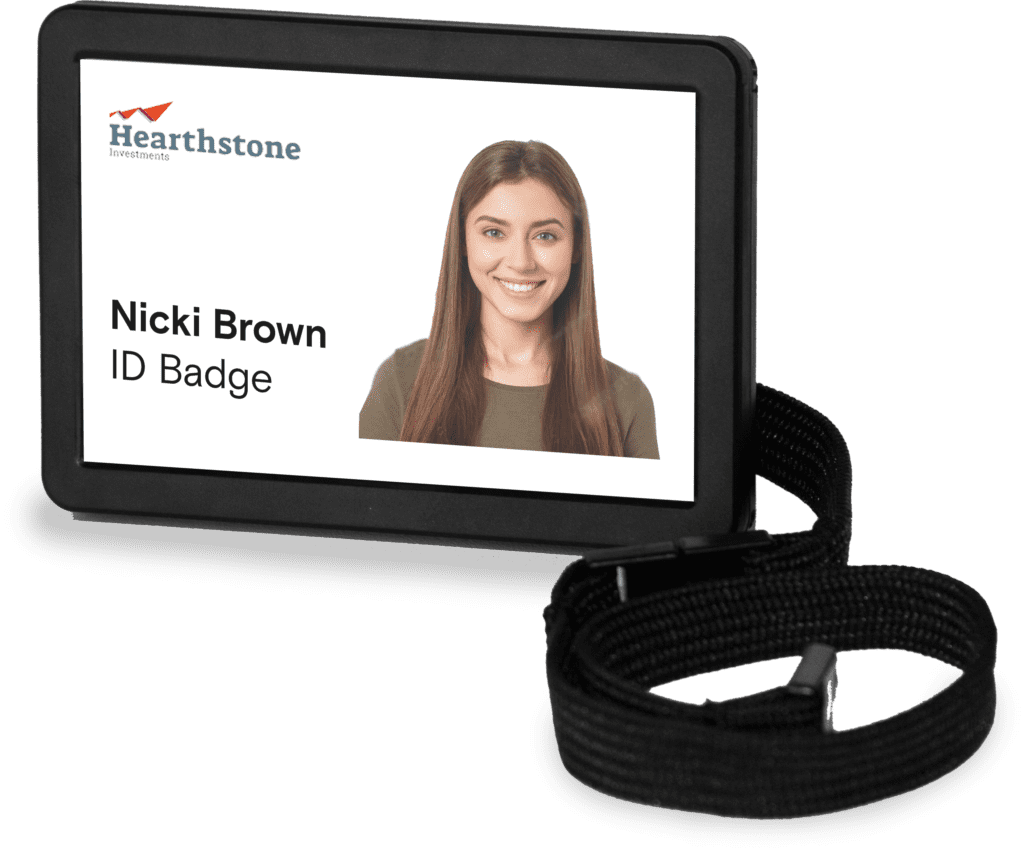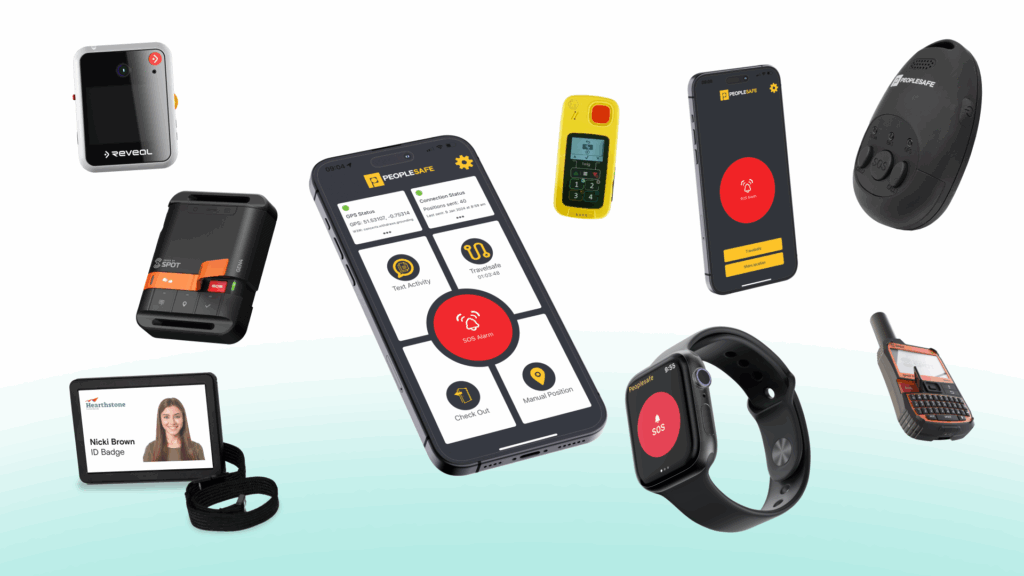Lone Worker Risk Assessment
Lone Working Risk Assessment
In the five-step guide to conducting a risk assessment, during step two – identifying who is at risk from hazards – lone workers may have been identified as people at increased risk within your organisation.
Defined by the HSE as employees “who work by themselves without close or direct supervision”, lone workers don’t have the benefit of a colleague to spot potential hazards or assist in the event of an incident. Although it’s not necessary to conduct a separate lone working risk assessment, the risks faced by people who work alone should be considered in an employer’s general risk assessment.
What Legislation Applies to Lone Workers?
While there is no specific law for lone workers in the UK, general health and safety legislation applies to anyone working alone, in any environment. The HSE states that: “It will often be safe to work alone. However, the law requires you to think about and deal with any health and safety risks before people are allowed to do so”.
In the UK, the main pieces of health and safety legislation to consider are:
1. The Health and Safety at Work Act 1974 (HSWA 1974)
This is the foundation for workplace health and safety in the UK. It establishes the general duty of care for employers to ensure the health, safety, and welfare of all employees, including those who work alone. This extends to contractors and self-employed people doing work for your business. It requires employers to take reasonable steps to ensure their safety but does not give specific requirements.
2. The Management of Health and Safety at Work Regulations 1999 (MHSWR 1999)
This legislation supports the HSWA 1974 by providing more specific requirements for managing health and safety in the workplace. Employers are obligated to conduct risk assessments to identify hazards, implement control measures to reduce risks, and provide adequate information, instruction, and training to employees, particularly lone workers, to ensure their safety and wellbeing. Businesses with more than 5 employees have a legal obligation to formally document their risk assessments and steps taken to mitigate the risks identified. Visit our page on the MHSWR.
3. The Corporate Manslaughter and Corporate Homicide Act 2007 (CMCHA 2007)
This legislation holds organisations and their management accountable for a worker’s death due to health and safety failings. If a lone worker fatality occurs due to a serious failure to manage health and safety for lone workers, the organisation and its managers can be found guilty of corporate manslaughter. This puts pressure on senior management to ensure proper procedures and training are in place to minimise risks for those working alone. Visit our page on the CMCHA.
4. The Health & Safety Offences Act 2008 (HSOA 2008)
This legislation doesn’t change the requirements for lone workers but strengthens the consequences for employers who fail to comply with existing health and safety legislation. This includes increasing the financial penalties on organisations failing to fulfil their duty of care and introducing imprisonment as a penalty for company directors and managers. Visit our page on the HSOA.
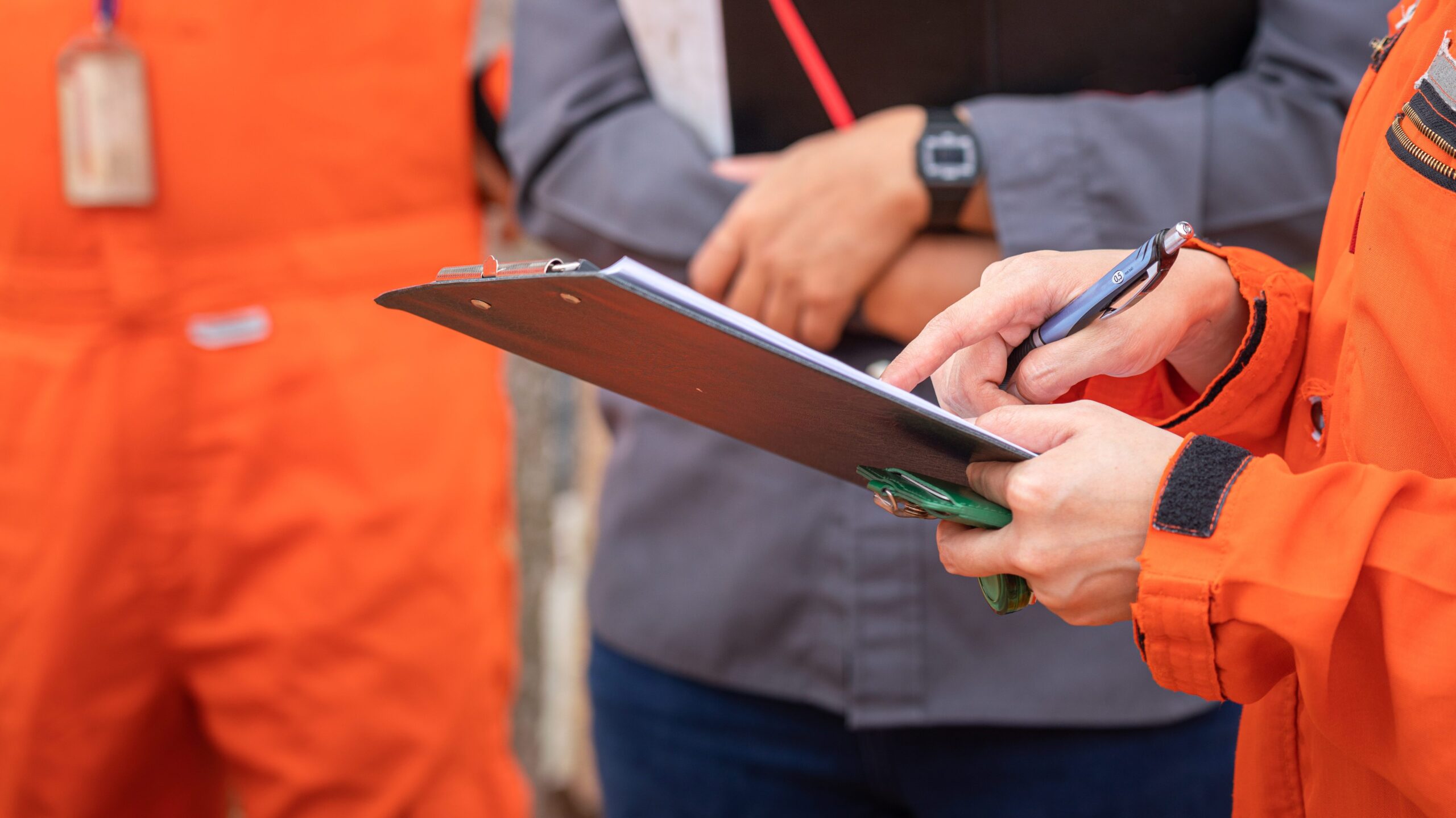
Do You Need a Risk Assessment if You Employ Less Than 5 People?
The MHSWR 1999 applies to all employers, this means even small businesses with less than 5 employees are legally required to conduct risk assessments and implement suitable controls. However, organisations with less than 5 employees don’t have a legal obligation to formally document their risk assessments.
While not a legal requirement, the Health and Safety Executive recommends that all employers document their risk assessments for better risk management and future reference.
Do I Need a Separate Lone Working Risk Assessment Document?
There’s no legal requirement to have a separate risk assessment document solely for lone workers. The MHSWR 1999 makes it mandatory to consider and address the specific risks associated with lone working, but this can be integrated into your existing workplace risk assessment.
The key is to ensure your risk assessment addresses the unique dangers lone workers face and the control measures in place to reduce these risks.
Is a Lone Working Risk Assessment Applicable If You Work from Home?
Although working from home can appear safe, the HSE considers anyone working from home to be a lone worker and general health and safety legislation still applies. Even though an employee is at home, they might be working in isolation without immediate access to help in emergencies.
Conducting a lone worker risk assessment for homeworking can help identify potential hazards and implement control measures to minimise them. Specific homeworking risks include:
- Electrical hazards from faulty equipment
- Ergonomic hazards from poor workstation setup
- Slips, trips, and falls within the home
- Limited access to help in case of emergencies (medical or security)
- Mental health risks from isolation
This does not need to be a separate lone working risk assessment solely for homeworking but can be integrated into your existing workplace risk assessment, highlighting specific aspects relevant to the homeworking environment.

What Should I Include in a Lone Worker Risk Assessment?
By implementing thorough risk assessments, employers can comply with legal obligations and ensure the safety and wellbeing of employees who work alone. Here are some key sections to include:
1. Identify Your Lone Workers
Start by defining what constitutes “lone working” in your organisation. This should include those working without immediate supervision, employees out of sight or earshot from colleagues and anyone working from home. Even if someone is working on a site with colleagues, if they wouldn’t be able to get their attention in an emergency, they are a lone worker.
2. Assess the Risks
At Peoplesafe, we use the PET methodology to identify the risks facing an employee. This examines the risks associated with the people, environment and task.
- People – where work involves proximity to individuals who pose a potential risk
- Environment – the workplace itself poses a risk to personal safety, for instance, a remote or rural location
- Task – the nature of the task being undertaken presents a risk, such as operating machinery
Risks that particularly affect lone workers include:
- violence
- stress and mental health or wellbeing
- working with valuable equipment or money
- mobile phone coverage
- long emergency services response time
- the level of experience or expertise of the worker
- sudden illness
- driving-related incidents
- Implement Risk Mitigation Strategies
3. Implement Risk Mitigation Strategies
After identifying hazards, employers must state how each hazard will be managed in the lone worker risk assessment. One measure to control risk is to provide training that will help workers recognise situations where they feel at risk – this is commonly referred to as a dynamic risk assessment.
Additional training on how to diffuse aggression and conflict resolution techniques may also be useful for workers at higher risk of violence such as public-facing staff.
4. Establish Procedures
HSE guidance on lone working advises that employers must monitor their lone workers and keep in touch with them. To fulfil this, you should define clear protocols for regular communication and check-ins, outlining whether lone workers will maintain scheduled contact with a supervisor or colleague, and specify the preferred methods of communication. This may be through a dedicated SOS app or lone working devices, or through phone calls or emails.
Additionally, outline an emergency response plan, specifying any process requirements and the procedures for alerting a supervisor or colleague in the event of an incident. These protocols and emergency procedures should be detailed in a formal lone worker policy document, which can support the risk assessment and ensure comprehensive safety measures are in place.
5. Review and Update
Schedule regular reviews of your lone worker risk assessment to ensure its relevance and effectiveness in mitigating potential hazards. Incorporate feedback from lone workers, supervisors, and relevant stakeholders to identify any new risks or changes in working conditions or tasks.
How to Minimise Risk to Lone Workers with Technology
Leveraging technology is a simple way for organisations to minimise risks to lone workers and provide optimal lone worker support.
Providing lone workers with a dedicated lone working device or lone working app allows them to raise an alarm in threatening and dangerous situations. The GPS-enabled devices are able to provide an accurate location of the lone worker which can be relayed to relevant people within the business or the emergency services, if necessary.
Having this remote backup support also provides extra psychological assurance that assistance is available despite working in isolation, helping to improve the mental health and wellbeing of lone workers.
Learn more about the impacts of lone working on mental health.
All BS 8484:2022 accredited solutions will have the ability to create timers and leave voice memos to provide additional information of the lone worker’s movements and whereabouts. Employers can establish lone working processes and procedures in their lone working policy that require lone workers to communicate regularly throughout the day.
Additional features such as fall detection can help to control the risks of sudden illness and being struck by falling or moving objects. Incidents like these for lone workers could become increasingly serious when there is no one around to send for help. Having a device with fall detection will automatically raise an alarm if it detects a change in orientation followed by a period of non-movement.
For more information on the market-leading lone worker service provided by Peoplesafe, speak to one of our expert consultants today who will also be able to offer further guidance on best practice lone working risk assessments.

